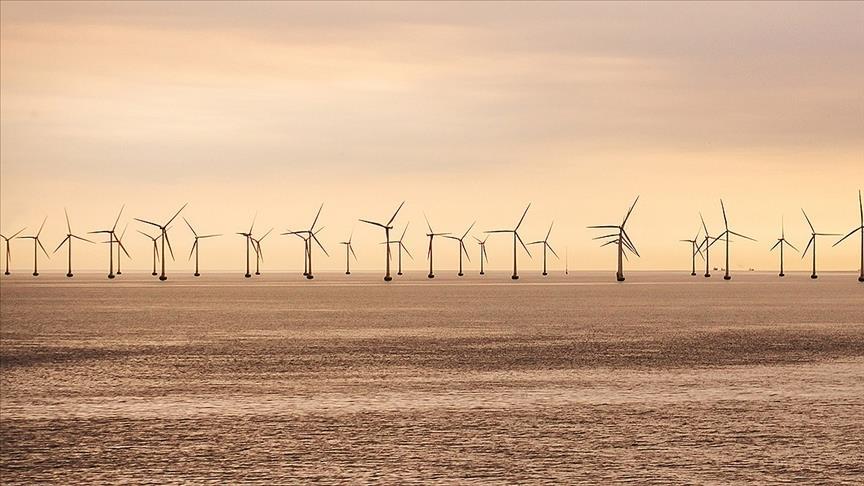

By Anadolu Agency
The global offshore wind supply chain will require $27 billion of secured investment by 2026 if it is to meet a five-fold growth in annual installations, excluding China, by 2030, according to the latest Horizons report by Wood Mackenzie, the global research and consultancy group, on Thursday.
This figure is based on Wood Mackenzie’s base case outlook, which forecasts annual capacity additions will hit 30 gigawatts (GW) by 2030.
The supply chain is anticipated to require more than $100 billion in investment to meet this objective set by governments around the world.
Commenting on the data, Chris Seiple, vice chair of Power and Renewables at Wood Mackenzie and co-author of the report, said that even though governments have made clear their commitment to offshore wind as an important pillar of decarbonization and energy security, the supply chain is struggling to scale up.
He pushed for increased supply chain investments because decarbonization targets cannot be accomplished without such pledges if change does not occur.
‘Nearly 80 GW of annual installations to meet all government targets is not realistic; even achieving our forecasted 30 GW in additions will prove unrealistic if there isn’t immediate investment in the supply chain,’ Seiple said.
He argued for the need for adjustments and new policies by governments and developers to transform the supply chain to deliver offshore wind projects at industrial scale.
According to Seiple, delaying projects at this stage would shift the anticipated equipment demand from 2025–27 to 2028–30. He added that while there would be less need for manufacturing expansion in the short term, there would be an even greater need for investment to expand to meet the demand in 2028–30.
‘The sector – most notably the policymakers – must take this opportunity to chart a more sustainable path for offshore wind. This will not just influence the projects being installed today or in 2030, but also the 1.4 terawatt (TW) offshore wind capacity that Wood Mackenzie expects to be connected by 2050,’ he concluded.
We use cookies on our website to give you a better experience, improve performance, and for analytics. For more information, please see our Cookie Policy By clicking “Accept” you agree to our use of cookies.
Read More